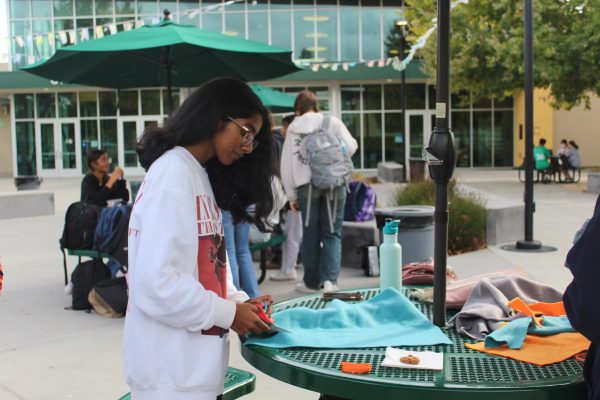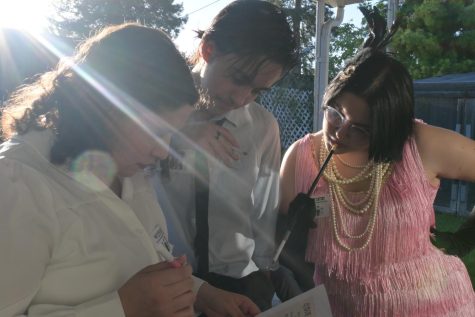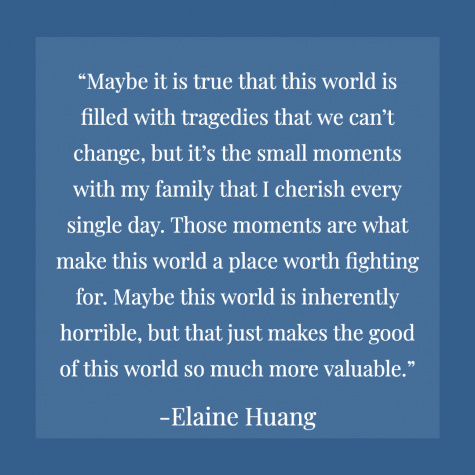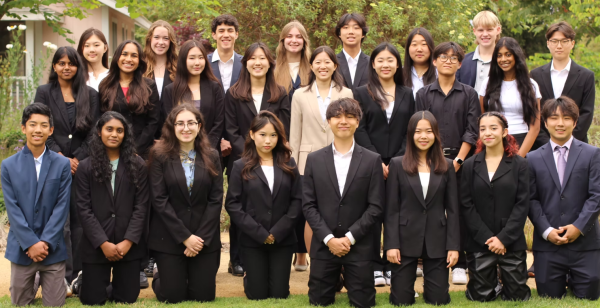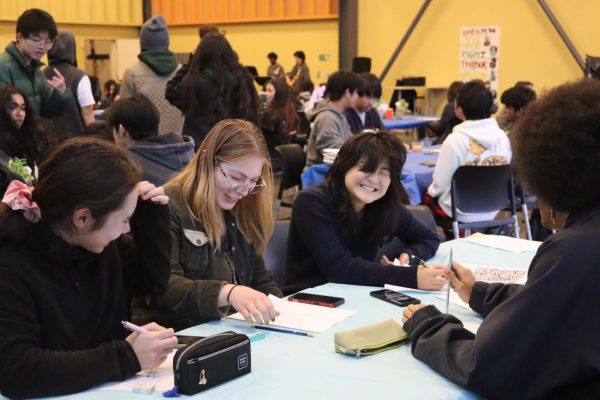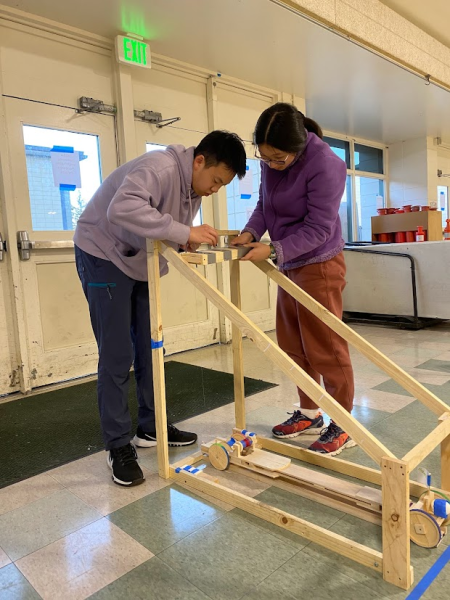From my POV: What it means to be transgender and what it means to speak up
 I owe a lot to The Epitaph, but I think my largest debt is that I figured out that I was transgender from an article.
I owe a lot to The Epitaph, but I think my largest debt is that I figured out that I was transgender from an article.
Emi Kamezaki’s article, “The ‘T’ is not silent,” published in November 2013, was not without fault but still gave me a name for the unrest I was feeling. I saw myself in the students she interviewed and in their stories. I no longer felt out of place.
A transgender person, to put it in simplest terms, is someone whose gender identity does not match the one they were assigned at birth. Think Caitlyn Jenner, Laverne Cox, Chaz Bono, or Angel Haze. Trans people might identify as men, women, or a gender outside the traditional binary. Gender nonconforming people (who may or may not be transgender) are people who do not dress or present themselves in a manner usually associated with their gender.
According to the National Center for Transgender Equality, “between ¼ and 1 [percent] of the population” is transgender. The number varies based on political atmosphere and cultural values. The Fremont Union High School District, with about 11,000 students, is probably home to 110 transgender students, if not more.
I’ve done my best to make my mark on this school when it comes to trans students. In an article published last year, I discussed the lack of gender-neutral restrooms open to students, which is a problem across the whole district. As renovations continue both at Homestead and at the other schools in the district, renovations to bathrooms are being considered.
I’ve also fought for students to have their preferred name on their ID cards, a right established in California by a lawsuit brought against the Arcadia School District in 2013. Although, to my knowledge, district policy has not been officially amended, the district now allows for unofficial changes to the name on a student’s ID card.
But even if school and district policy is changed, we still have a long way to go. The trans community, and especially trans youth, face issues that can’t necessarily be legislated away.
According to “Health Disparities Faced by the Transgender Community,” an infographic produced by Fenway Health, 41 percent of transgender adults have attempted suicide. According to the Centers for Disease Control, 0.6 percent of the general adult population has attempted suicide.
When it comes to students, 80 percent of trans students felt unsafe at school because of their gender expression and 58.7 percent of gender nonconforming students experienced harassment at school because of their gender identity, according to “Why Trans People Need More Visibility,” an infographic produced by Trans Student Educational Resources, an outreach organization. While I’m sure cisgender (not transgender) students experience harassment at school, it almost certainly doesn’t have to do with their presentation relative to their gender.
I could go on. About 40 percent of the nation’s 1.7 million homeless youth are lesbian, gay, bisexual, or transgender, according to Safe Horizon, an agency for victims of abuse. Trans women have a 1 in 12 chance of being murdered, according to “Why Trans People Need More Visibility.” About 30 percent of trans people report putting off health care due to fear of bias according to “Health Disparities Faced by the Transgender Community.” The list goes on.
We must do more. Even in the Bay Area, the streets and houses may not be safe for transgender youth, but schools can be.
The School Success and Opportunity Act (also known as AB 1266), which took effect in California in 2014, provides certain protections for transgender students. The SSOA mandates that schools allow trans students to use the restroom of the gender they identify with and participate on their gender-identified sports team.
There are similar guidelines being issued in Maryland, New York and by some federal agencies, although these are not laws like the SSOA.
Students, cisgender or transgender, who feel safe enough, should speak out against to inform and educate their peers of the effect words can have. Snide comments about transgender celebrities, jokes that reduce trans people to what set of genitals we have, and statements that assume all people fall into one of two genders that correspond with one of two sets of reproductive organs can’t be legislated away. We can, however, teach people of why these things are so hurtful.
Furthermore, anti-discrimination have few monetary costs or other drawbacks. The costs of the policies laid out by the SSOA probably amount to buying new signs for restrooms. Cisgender students do not suffer from trans-inclusive policies. If they do have a problem with sharing a restroom with a transgender student, they can find another restroom. There are, after all, no shortage of restrooms on school campuses.
I can’t, nor can anybody, change the thoughts of those opposed to anti-discrimination legislation. But those who do oppose it, and those who support it but refuse to be supportive in smaller ways, create an atmosphere of fear and pose a risk to the safety of all transgender people.
I suppose the most important thing we all can do is to talk so people will listen and listen so people will talk. Transgender voices will always take authority on these issues but the best thing cisgender allies can do is to be microphones so that we can speak, unafraid and uncensored, about our lives.
If you are transgender, gender nonconforming or questioning your gender identity, you are not alone!
- Trans Lifeline, a transgender-specific support line: (877) 565-8860 and translifeline.org
- Santa Clara Valley Health & Hospital System: (408) 683-2482
- The author is always open to talk and can be reached at cdenome@gmail.com



